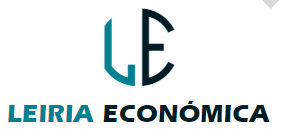There is a growing interest in Quebec about the quality of the built environment. This is evidenced by the government's recent adoption of the Land Use and Development Planning Act, the launch of the Quality Program in the City of Montreal, the proliferation of editorials on the subject and the adoption of numerous practices aimed at quality, whether modeling, certification, collaborative practices, etc.
However, there are still few theoretical guidelines and little empirical data on the scope of these practices. Moreover, the problems we face today, such as climate change, increasing natural disasters, the housing crisis, and persistent injustice, have not necessarily led to a reframing of our concept of quality. Due to the lack of tools, many practitioners, public and private organizations, and decision makers are adopting “off-the-shelf” ideas without knowing their true impact. Without an in-depth discussion on this topic, everything can suddenly be seen as “sustainable”, “resilient”, “participatory”, “collaborative” or “innovative”. We also avoid the possibility of explicitly having a societal debate about what is “urgent,” “necessary,” or “workable” and limit our ability to adopt a critical stance on contemporary issues.
In this book I seek to provide a foundation for the theory and practice of critical quality. I hope to help clarify concepts and motivate students, practitioners, policymakers, and elected officials to engage in a social debate about the cities, buildings, and public spaces we want today and tomorrow.
